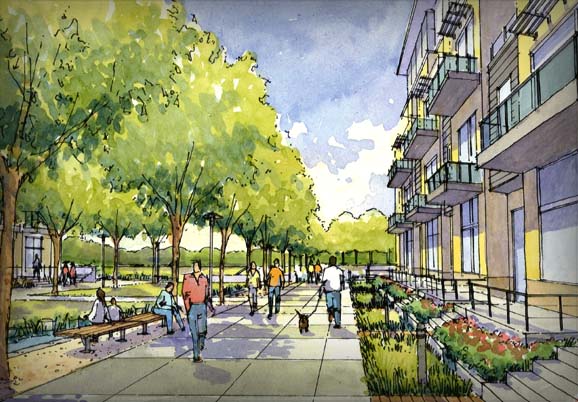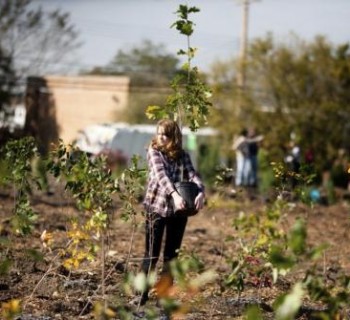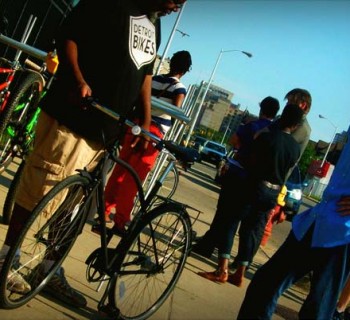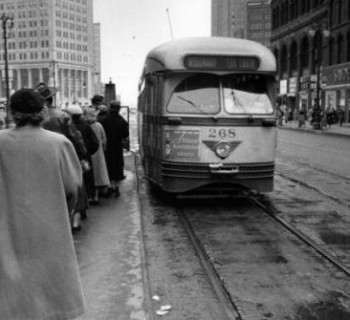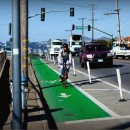In his 18 visits to Michigan communities over the past year, Roger Millar has learned a lot about transportation and business in the Mitten State. And he’s impressed.
“Michigan is actually doing some pretty innovative stuff,” he says. He cites the governor’s focus on placemaking, the growing Detroit LOCUS chapter of responsible real estate developers and investors, and a general recognition that governments, nonprofits, communities and advocacy groups need to work together on issues like mass transit and economic development.
“The light bulb is going on,” Millar says.
As a vice president at Smart Growth America, Millar been to a lot of communities around the country, overseeing projects for the only national organization that researches, advocates for and leads local coalitions that are bringing sustainability practices and policies to cities, suburbs and rural areas. His organization, a coalition composed of numerous advocacy groups, is dedicated to promoting sensible business development that respects the environment and creates jobs.
Millar's most recent work in Michigan, at the request of the state's Department of Transportation and housing authority, brought him and a team to six communities to help draft plans for transportation demand management and mobility management.
“Transportation demand management is a low-cost way to move people, goods and services,” Millar explains. “Mobility management is taking advantage of investments that are already being made to be more efficient and provide better services.”
The projects in Ann Arbor, Detroit, and Grand Rapids relate to mobility management, while the efforts in Lansing, Marquette and Traverse City focused on transportation demand.
Information about all six projects can be found on Smart Growth America's website, where there are also links to individual project summaries, the executive summary and the final report.
All the projects were funded by U.S. Housing and Urban Development Office of Sustainable Housing and Communities and by the State of Michigan.
The Detroit work focuses on how to mitigate disruptions to traffic that will inevitably be caused by $5 billion in planned highway, bridge and transit projects over the next several years, Millar says.
Rather than just designing routes for single-passenger cars, Millar adds, the aim of the Smart Growth work is to help steer drivers toward mass transit and non-motorized options that they’ll choose even after the road construction is completed.
“The thought is, when they close that roadway, they’re going to spend a lot of money getting people where they need to go during the construction,” he says. “Rather than spend that money on their cars and other roads, the strategy is, can we get them on the bus, into car sharing, on bikes? Can we get them where they need to go in other ways and get that structure in place?
“Hopefully when the construction is over, we have a ridership and a vibe that keeps them on the alternative movement.” Millar’s work, of course, links the economy and jobs with planning, and he’s encouraged at the recognition that’s getting in many parts of Michigan.
“Our thesis is that the state departments of transportation around the country, including the DOT in Michigan, have been impacted by the economic downturn, impacted by what’s happening or not happening in Congress, and business as usual doesn’t work anymore,” he says. “We’re looking for alternative strategies that create jobs, that support local economies and local government budgets, and doing things a different way.”


